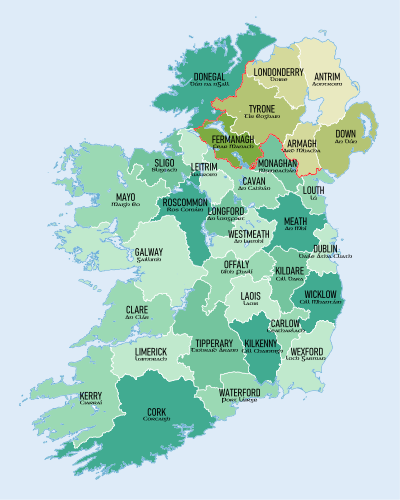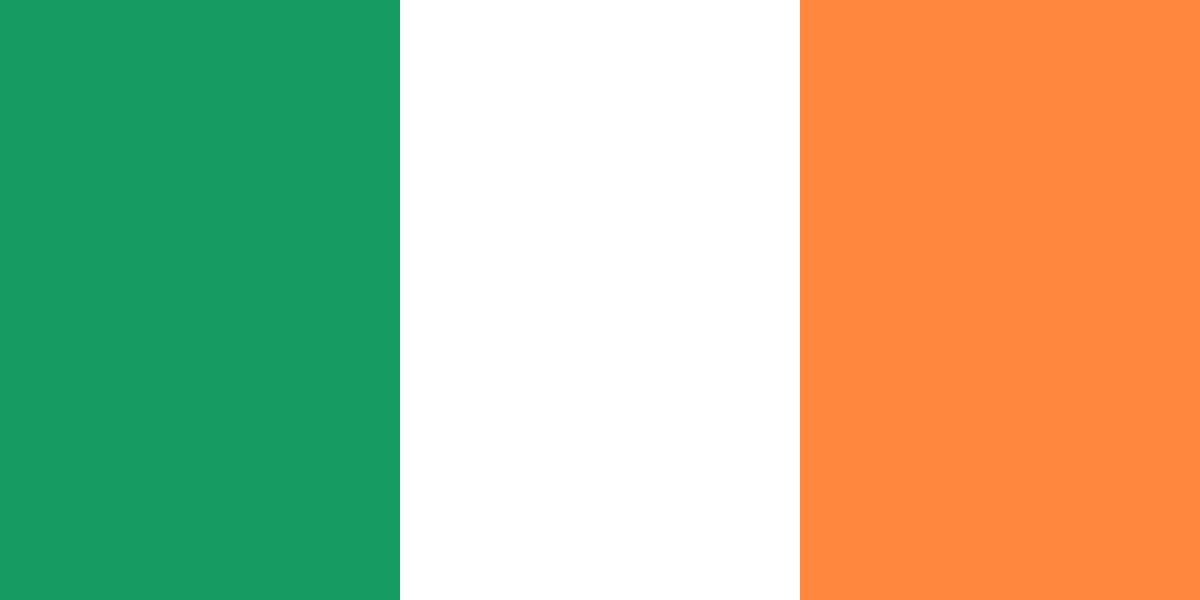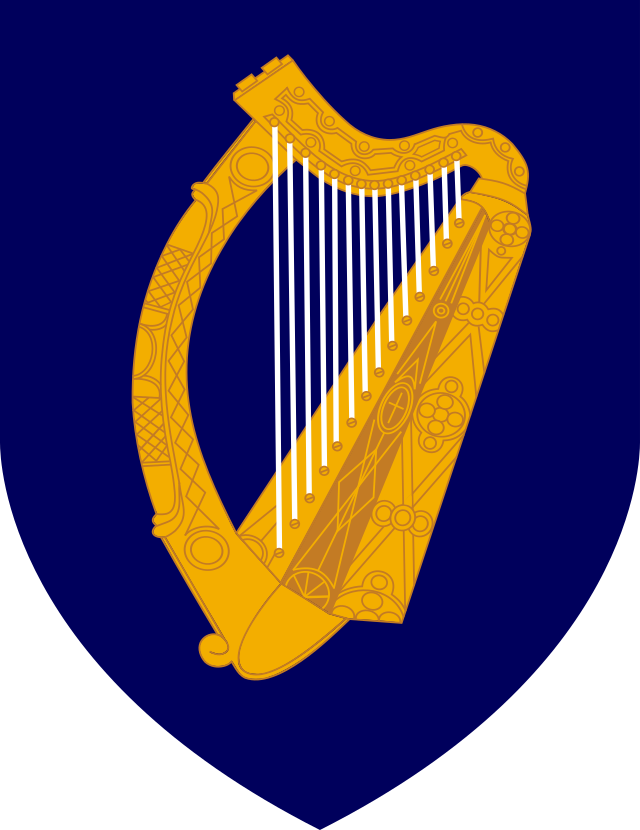Fifteen years ago, I was living in Ireland. There, I was attending summer school in Cork. The time I spent there, I lived in a village named Carrigaline. I also had the chance to visit several lovely places such as Cobh, Killarney, Youghal, Bunratty, Kinsale, and Blarney.
The Republic of Ireland is a state that occupies five-sixths of the island of Ireland. The remaining area is a part of the United Kingdom, whose name is Northern Ireland. The island is located in north-western Europe in the North Atlantic. It is separated from the island of Great Britain by the North Channel, the Irish Sea, and Saint George's Channel.
The island has an area of 32,595 square miles (84,421 square kilometers) and is mostly made of low-lying mountains surrounding a central plain. It has lush vegetation due to its oceanic climate, which means there is rain all year round. Temperatures are usually cool and without any extremes.
It is believed that the island was first inhabited after 8000 BCE (Before the Common -or Christian- Era). Ireland's essence as a Celtic nation started between the years 600 and 150 BCE. Its population began being Christianized from the 5th century onward. Until the Norman invasion in the 12th century, the island had been a patchwork of local tribal kingdoms.
Following that Norman conquest, England claimed sovereignty over the island, even though it was not incorporated until the 16th century. The Irish famine of the mid-19th century saw the population of the island drop by one third through starvation and emigration.
Following that Norman conquest, England claimed sovereignty over the island, even though it was not incorporated until the 16th century. The Irish famine of the mid-19th century saw the population of the island drop by one third through starvation and emigration.
Ireland declared independence from the United Kingdom in 1919. The Irish Free State was created in 1922 and was officially declared a republic in 1949. It joined the United Nations in 1955 and the European Union in 1973.
As of 2015, its population is 4,892,305 inhabitants. In addition, there are 1,850,393 people living in Northern Ireland.
As of 2015, its population is 4,892,305 inhabitants. In addition, there are 1,850,393 people living in Northern Ireland.
The flag of Ireland is a vertical tricolor of green, white, and orange. It is intended to symbolize the inclusion of the different traditions of the Irish people. Although it is dated from the 19th century, it was not adopted until 1916.
The coat of arms is blazoned as a gold harp with silver strings on a blue background. These arms have long been Ireland's heraldic emblem. References to them as being the arms of the king of Ireland can be found as early as the 13th century.
Another two well-known Irish symbols are Amhrán na bhFiann, the national anthem, whose lyrics are those of an Irish rebel song, exhorting all Irish people to participate in the struggle to end the hegemony of the English in Ireland; and the shamrock, which the legend says it was used by Saint Patrick –the patron saint of Ireland– to explain the Holy Trinity to Irish pagans, since it is a three-leaf clover.
And last, but not least, the Irish language stands as a national symbol too. Although it was the predominant language of the Irish people for most of their recorded history, it is currently the first language of a small minority, who mostly live in areas designated as Gaeltacht.
Data have been sourced from here.



No comments:
Post a Comment